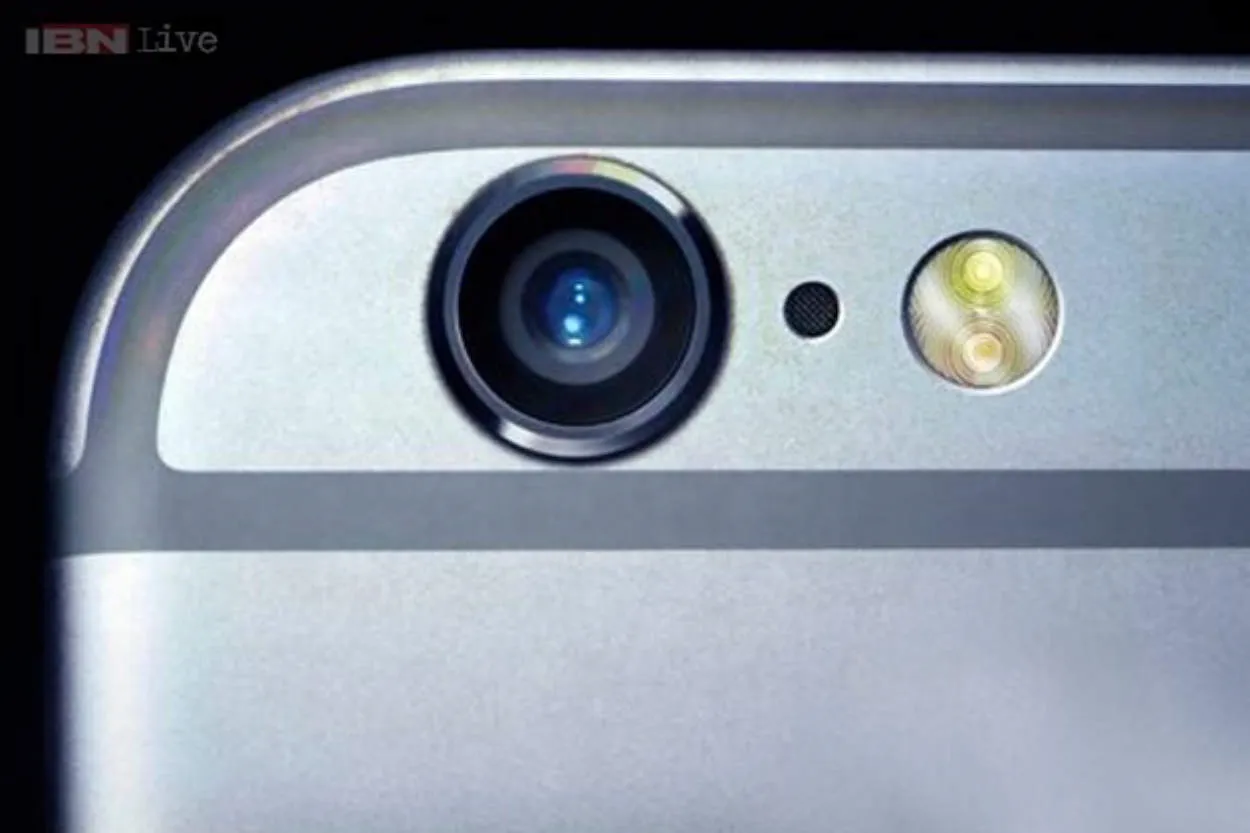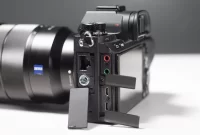In the era of advanced smartphones and their incredible camera capabilities, it may seem like traditional cameras are becoming obsolete. However, this article seeks to showcase the numerous ways in which cameras still outperform smartphones when it comes to the art of photography.
The Advantages of Larger Image Sensors in Cameras
When it comes to photography, cameras have a distinct advantage over smartphones due to their larger image sensors. These sensors are crucial in capturing high-quality photos and offer several benefits that smartphone cameras cannot match.
Firstly, larger image sensors allow cameras to capture more light. This results in improved image quality, especially in low-light conditions. With higher sensitivity, cameras can produce clearer and less noisy images, offering more detail and vibrant colors.
In addition, larger image sensors enable cameras to achieve better depth of field control. By allowing greater control over the aperture and focal length, cameras can create stunning bokeh effects, with the subject in sharp focus while the background appears beautifully blurred. This effect adds depth and produces professional-looking photos that are difficult to replicate with smartphone cameras.
Moreover, cameras with larger sensors tend to have a wider dynamic range. This means they can capture a greater range of light, from the darkest shadows to the brightest highlights. As a result, the details in both bright and dark areas of the photo are preserved, resulting in a more balanced and visually appealing image.
Furthermore, larger sensors provide better performance in terms of image noise reduction. With more surface area for each pixel, cameras can capture more information, resulting in reduced noise levels. This is particularly advantageous in situations that require high ISO settings or long exposures, such as night photography.
In conclusion, the advantages offered by larger image sensors in cameras play a significant role in the superior photography performance of cameras compared to smartphones. The ability to capture more light, control depth of field, widen the dynamic range, and reduce image noise are just some of the benefits that result in stunning, high-quality images.
The Versatility of Manual Settings in Cameras
Manual settings in cameras offer a level of control and flexibility that surpasses what smartphones can provide. For photography enthusiasts and professionals, the ability to adjust settings such as aperture, shutter speed, and ISO opens up a world of creative possibilities.
One key advantage of manual settings is the control over depth of field. By adjusting the aperture, photographers can determine how much of the image is in focus, allowing them to create stunning portraits with a blurred background or capture expansive landscapes with everything in sharp detail.
Another benefit is the control over shutter speed. With manual settings, photographers can freeze fast-moving subjects or create beautiful motion blur effects. This level of control is especially crucial in situations where capturing action is important, such as sports photography.
ISO, the measure of a camera’s sensitivity to light, is yet another setting that manual mode provides. By manually adjusting ISO, photographers can adapt to various lighting conditions and reduce noise in their images, resulting in higher quality photographs.
Furthermore, professional photographers appreciate the versatility of the manual focus option. This allows for precise control over what elements of a scene are in focus, giving them the freedom to emphasize specific subjects or create artistic shots with intentional blur.
While smartphone cameras continue to improve, they are limited by their fixed settings and lack of manual control. Manual settings in cameras offer photographers the power to unleash their creativity and capture images exactly as they envision, making them the preferred choice for those serious about photography.
The Superior Optics of Dedicated Camera Lenses
When it comes to photography, dedicated cameras have always been known to outperform smartphones. One of the key reasons behind this difference lies in the optics of the camera lenses.
Unlike smartphones, which have fixed lenses, dedicated cameras allow for interchangeable lenses. This flexibility opens up a world of possibilities for photographers, enabling them to choose the perfect lens for any given situation. Whether it’s a wide-angle lens for capturing landscapes or a telephoto lens for zooming in on distant subjects, dedicated cameras offer a wide range of options.
Moreover, dedicated camera lenses are specifically designed for capturing light in the most optimal way. They are equipped with larger apertures, allowing more light to enter the camera sensor. This results in better low-light performance and the ability to achieve a shallow depth of field, where the subject is in focus while the background is beautifully blurred.
The build quality of dedicated camera lenses also plays a significant role in their superior optical performance. These lenses are meticulously crafted with high-quality glass elements, coatings, and internal mechanisms to minimize distortions, aberrations, and vignetting. The result is sharper images with more vibrant colors and better overall image quality.
Furthermore, the larger sensor size in dedicated cameras complements the high-quality optics of the lenses. This combination allows for greater dynamic range, better noise control, and more detail in the final image.
While smartphones have made tremendous advancements in their camera capabilities over the years, the superior optics of dedicated camera lenses still give them the edge in photography. Whether you are a professional photographer or an enthusiast, investing in a dedicated camera system will undoubtedly elevate your photography to new heights.
The Importance of RAW Files in Professional Photography
In the world of professional photography, the use of RAW files is highly valued and considered essential for capturing the highest quality images. Unlike JPEG files, RAW files contain uncompressed and unprocessed data straight from the camera’s image sensor.
One of the key advantages of shooting in RAW format is the greater flexibility it offers in post-processing. RAW files retain more information, allowing photographers to adjust various aspects such as exposure, contrast, white balance, and color saturation without significantly degrading the image quality.
Furthermore, RAW files provide a wider dynamic range, enabling photographers to capture details in both highlights and shadows. This is particularly crucial in challenging lighting situations where a JPEG file may lose important details due to clipping or noise reduction algorithms.
Another benefit of RAW files is the ability to reprocess images with updated software or future editing techniques. As technology advances, new software tools and algorithms are developed that can enhance the quality and creative possibilities of RAW images captured in the past.
Although RAW files require more storage space compared to JPEG files, the advantages they offer in terms of image quality and post-processing flexibility make them a preferred choice for professionals. With RAW files, photographers have more control and creative freedom to bring out the best in their images.
Conclusion
Cameras surpass smartphones in photography due to their superior image sensors, manual controls, and lens options. While smartphones have made significant advancements in camera technology, they still fail to provide the same level of image quality, versatility, and creative control that dedicated cameras offer. Therefore, for those serious about photography, investing in a camera remains essential.




